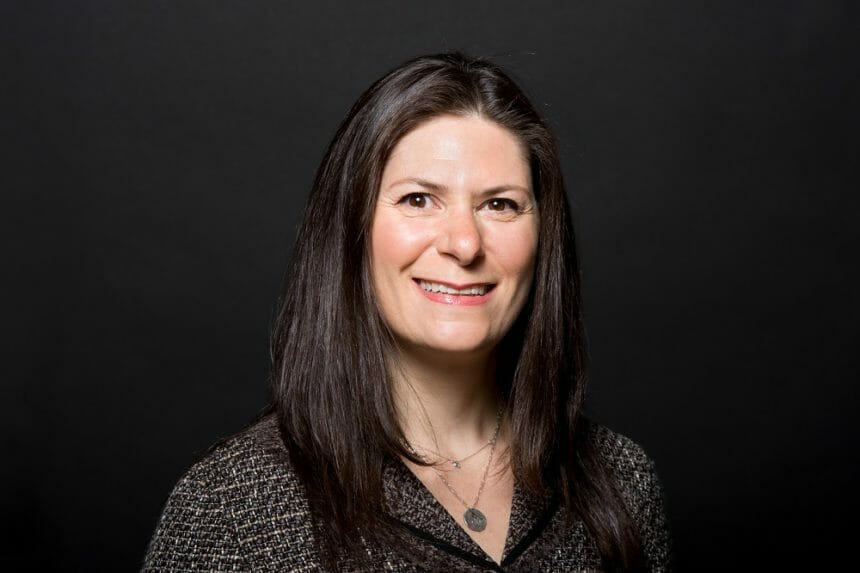Here’s a snippet of a conversation I had about seven years ago with a particularly nervous promotional review team that was considering the value of developing a presence on Twitter: “If we create a profile and all these people follow us, and all these people post adverse events, how will we ever keep up?”
“Oh, please, who do you think you are?” I replied, “Ashton Kutcher? Trust me, you are not that popular. You are a pharma company, albeit one under intense scrutiny, but don’t you have a pharmacovigilance group? Is it not its job to process AEs? We’ll just gather whatever information we can or triage them to your 1-800 number, just as we do with every other AE.”
I thought that rational perspective would ease the group’s worries and encourage it to become active in the social space. Well, it didn’t.
Adverse event reporting has always been the red herring of social media, in that it provides an easy excuse to say “we can’t do social media because we can’t manage the amount of commentary that needs to be managed.” But let’s be honest, how many AEs are really posted on social media?
I was having this very discussion recently with my friend Mary Ann Belliveau, Twitter’s national director, health and wellness. She recognizes that pharma is particularly nervous about assuming a formidable role on this powerful media platform.
Even though the widely held belief is that around 10% of AEs are reported across all media, Visible Technologies conducted a study that suggested otherwise. In a study of almost 150,000 posts around prescription statins and antihypertensives, it found only 3.27% discussed AEs. More recently, several Hale Advisors clients have shown me their own statistics, which are more in the 3% to 5% range.
Belliveau noted pharma marketers are currently able to advertise on Twitter without the use of a managed “handle” (@company). However, due to its current focus on transparency, Twitter will be transitioning all pharma advertisers to branded or corporate handles as of April 1. It’s a move Twitter believes will help patients, caregivers, and physicians better understand who is advertising to them.
We all know most brands — and promotional review teams — are uncomfortable managing online interactions, but Belliveau pointed to advertisers that use full-fledged branded profiles quite successfully. These brands are able to provide “social care,” which is helping them not only with adherence, but also with issues such as co-pay and availability of medicine.
For pharma companies that haven’t set up the infrastructure to respond to tweets, Twitter is recommending what it calls “blank profiles.” An example is @Apple. Because @Apple never organically tweets, its profile is empty except for responses to Twitter outreach.
Zoe Dunn, Hale Advisors
Brands such as Novartis’ @CosentyxUSOnly and @GilenyaGoUSOnly have had success with branded handles. They triage engagement by steering patients toward their 1-800 numbers. Alternately, some are activating online properties by driving patients to their websites to find specific answers to questions about reimbursement or co-pay assistance. Eli Lilly’s @Taltz and @Verzenio handles use best practices such as “rules of the road,” through which they share information about response times, hours of operation, and other information that helps manage patient expectations.
“The move into social care has been incredible for pharma,” Belliveau said. “It’s ironic that what pharma has been most afraid of — people talking to them — is actually an incredible strength when it comes to customer service and adherence. We’re even starting to see three-way dialogues between pharma companies, patients, and physicians, like at Abbott’s @FreeStyleDiabet. The reality is that people don’t care if you’re Delta Air Lines, Spotify, or Novartis. If they tweet at you, they expect a response. Not responding is akin to having an empty call center.”
For pharma companies that haven’t set up the infrastructure to respond to tweets, Twitter is recommending what it calls “blank profiles.” An example is @Apple. Because @Apple never organically tweets, its profile is empty except for responses to Twitter outreach.
Social media offers a significant opportunity to connect with the people who prescribe and use your products every day. We can use these platforms to share research, mine for insights, and even solve problems (by driving users to other customer-service channels) or spur better outcomes (by providing tips around treatment plans). Let’s not let the fear of AEs stop us when a solid response plan and triage to internal resources can make all the difference.
This may not be the best strategy for all brands, but most could benefit from getting closer to their customers. May you all one day be as popular as Ashton Kutcher is — or was in 2003, anyway.
Zoe Dunn is president and CEO of Hale Advisors.
From the April 01, 2019 Issue of MM+M - Medical Marketing and Media







